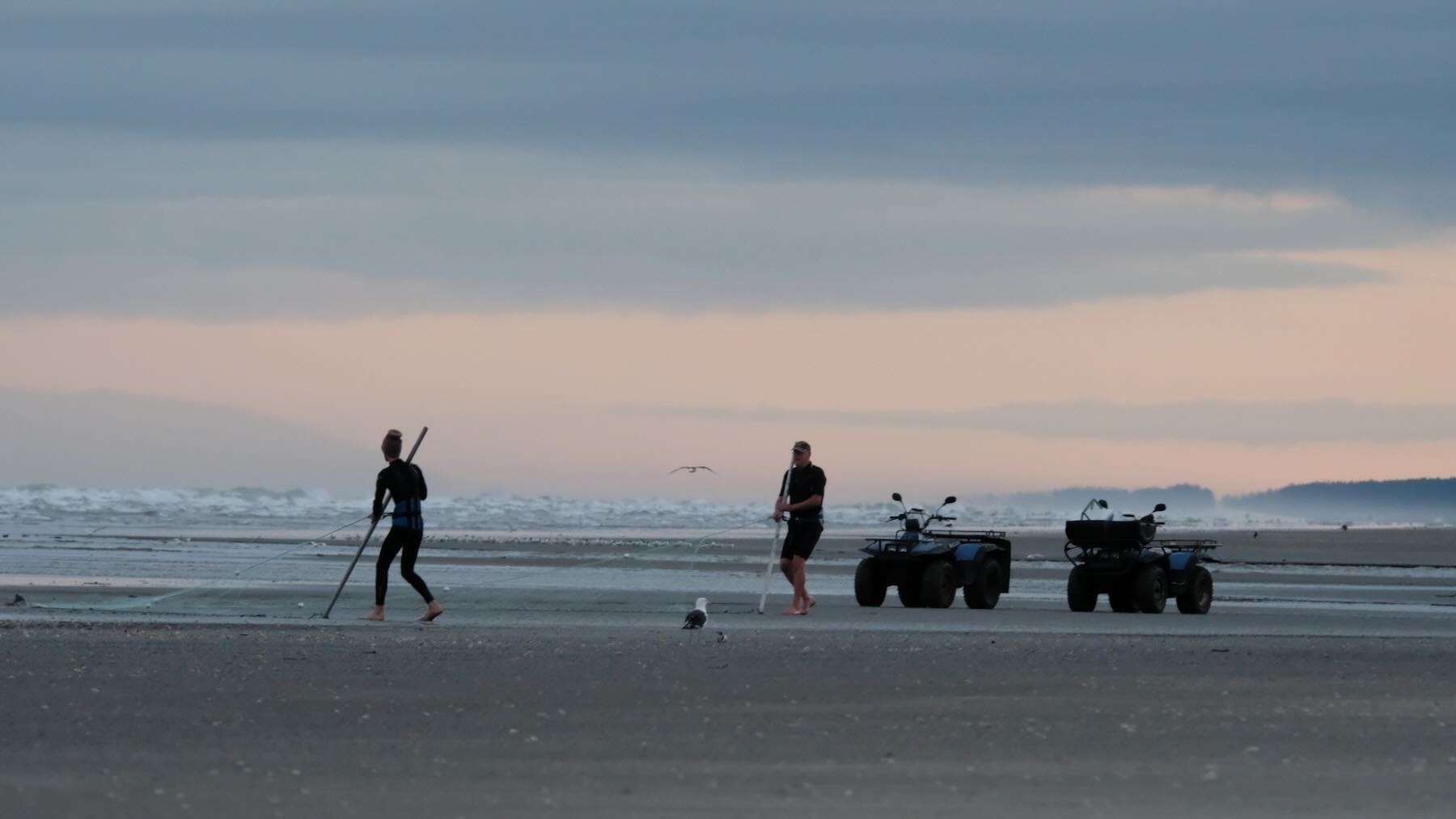
I received this report prepared by: Debra Betts Date 5/04/2023:
When the Waikawa Beach Community Committee first met on the 17th of July 2022, one of the aims was to keep the community informed of issues relating to beach access.
One of the action points from the first meeting of this committee was to follow through on the Horowhenua council plans to prepare a report on vehicle beach access options for Waikawa beach. (Council Agendas Ref: 21/502)
Recently the chairperson of this committee (Debra Betts), was invited to attend a community representative meeting to discuss Waikawa Beach access options.
The meeting occurred at 10.30 am on April the 4th 2023 at Hank Edwards Reserve
Present were:
- Stephan Titze (Project lead for Horowhenua District Council)
- Gabe Ross, Charles Horrell and a scientist from Boffa Miskell (an environmental planning and design consultancy employed on the behalf of Council to prepare this report)
- Pat O’Sullivan (Representing Waikawa Beach Ratepayers Association)
- Debra Betts (Chairperson of the Waikawa Beach Community Committee- subcommittee - Waikawa Beach Ratepayers Association)
- Chris Wood (Representing the environmental subcommittee - Waikawa Beach Ratepayers Association)
- Steve Bailey (resident), Miraz Jordan (Waikawa News), and Lesley Anne Walker (Waikawa Beach Ratepayers Association).
Following a Karakia, Stephan Titze led the discussion. This commenced with a summary of the events leading to the Horowhenua District Council engaging Boffa Miskell on their behalf. With the aim that this company would undertake consultation with Iwi and the community and prepare a fact and research-based report on all beach access options for the council.
Discussion points that followed included.
- Concerns that the initial letter sent out for this meeting from Boffa Miskell implied the only viable options being considered involved using the existing council land at the North and South pedestrian tracks on Reay Mackay Grove. This was clarified by the project lead as not the case — there are several options being investigated. There was the suggestion from the community representatives that to be a full and complete report to council, this report needed to include options relating to maintaining the current access – even although this was not council owned land. It was also suggested that options of purchasing land from the private landowners of the current access be explored, as the purchase of land from other landowners was mentioned as an option in the correspondence initially received from Boffa Miskell.
- That although the current beach access has been washed away several times over the past due to weather events – this was not permanent situation. That access returns and with increasingly challenging climate change, limited access at times may be the nature of living in this community. It was also discussed that members of the community had engaged in action to maintain the current beach access through using wood from the beach to stabilize the entrance, and there was engagement from the community to be involved in future action of this nature.
- That those living locally thought there would be considerable problems in creating and maintaining a new vehicle access through the North and South pedestrian tracks on Reay Mackay Grove. Issues raised included limited access to both in times of storms, the changing river pathway outside the North Reay Mackay Grove access and the accretion of sand that had been observed and photographed on both tracks -this would make maintaining these tracks costly.
- That the creation of a vehicle access track for sole use as an emergency access was not being considered as a viable option by the project lead - as emergency vehicles such as ambulances, were not prepared to drive onto beaches and the costs of building and maintaining a track for emergency access only could not be justified.
- That there were wider environmental issues relating to the river and sand dunes to the north of the current access that would also impact on future access to all options. This includes mobile sand dunes and the large expanse of raised accretion to the immediate north of the river. It was raised that the option of actively managing this area may enable the river to exit to the sea before the ‘bottleneck’, with the possibility of mitigating the erosion hazard to both the existing beach access and to properties along the riverbank. It was also confirmed the management of these aspects were originally contained within the Tonkin and Taylor report but had not been explored further by Horizons, Horowhenua District Council or Boffa Miskell.
- There was also the concern expressed that new access tracks would attract increasing traffic to the beach. Residents of Waikawa village and Strathnaver/Reay Mackay currently share the beach with 4x4s, SUVs, quad bikes and motorcycles – not all from the local community. With the Kapiti District Council placing limitations on beach access for vehicles, there is the potential that any new access tracks would attract increasing traffic, changing the current nature of the beach and the local area.
- There was assurance from the project manager that community consultation will commence soon.
At around 11.30 am, the meeting broke into smaller discussion groups to give residents a chance to share local knowledge with those from Boffa Miskell, before finishing at noon.